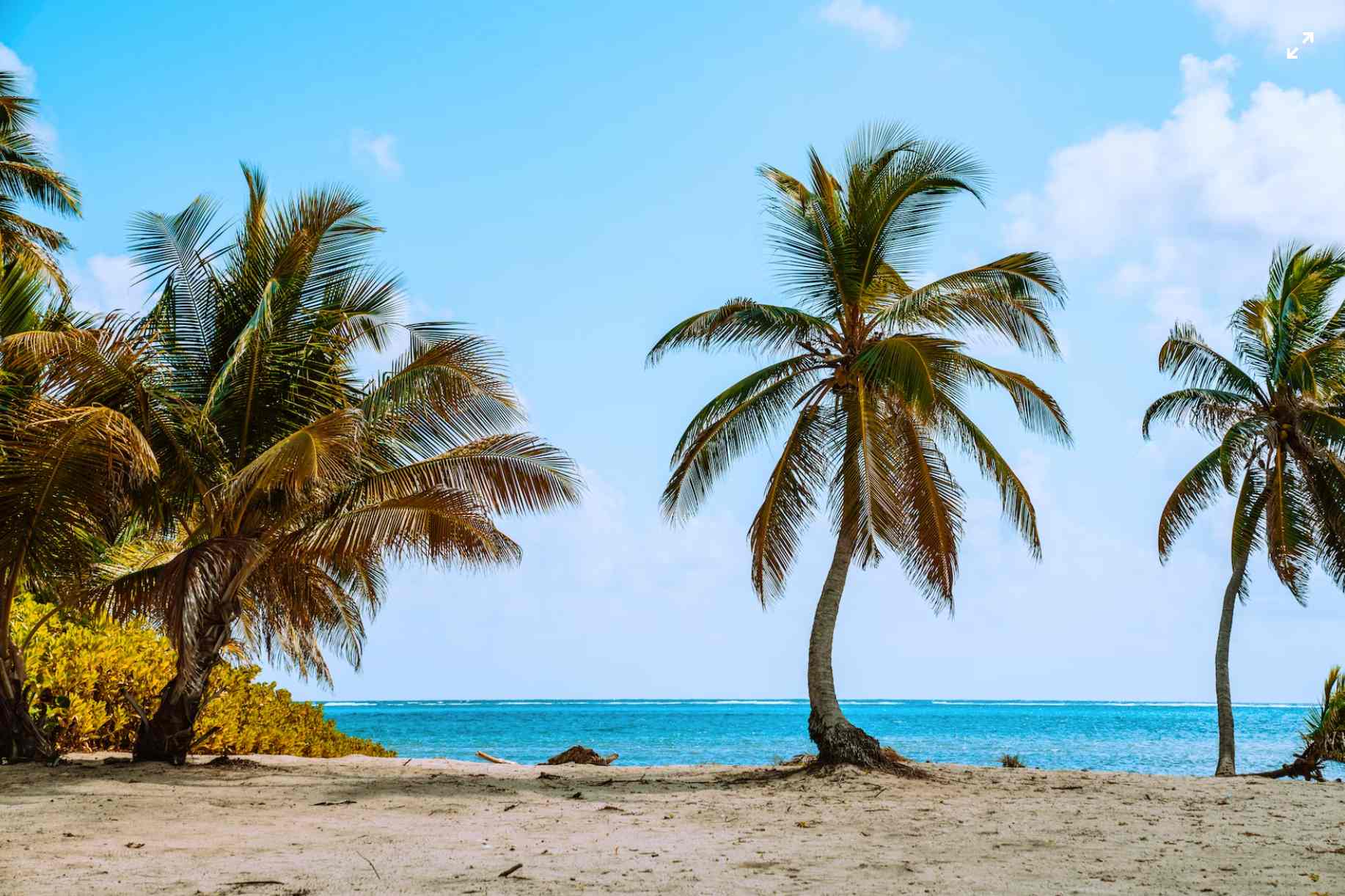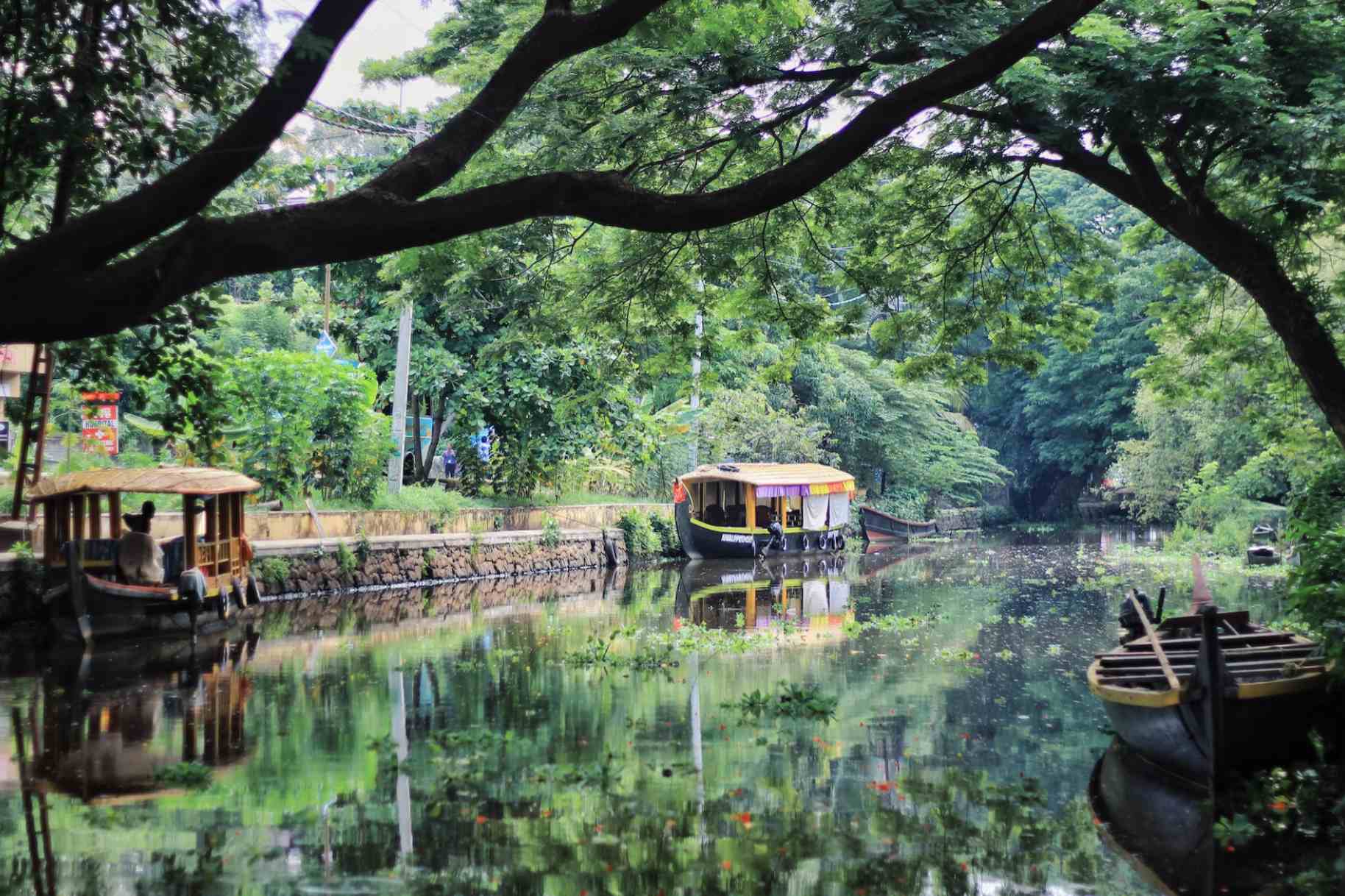Embrace the Coastal Edge: Unleashing Adventure and Discovery through Coasteering
Coasteering is an adventurous outdoor activity that involves traversing along the rocky coastline using a combination of climbing, swimming, scrambling, and cliff jumping. It is a thrilling and challenging pursuit that allows participants to explore the dynamic interface between land and sea.
Here are some key details about coasteering:
Exploration
Coasteering provides an opportunity to discover and explore stunning coastal landscapes that are often inaccessible by other means. Participants can venture into hidden coves, caves, and secret beaches, discovering the natural wonders of the coastal environment.
Physical Challenges
Coasteering requires physical fitness and agility. Participants navigate along the rocky shore, using a range of techniques such as climbing, scrambling over rocks, and swimming through tidal areas. It offers an exhilarating full-body workout, combining elements of endurance, strength, and balance.

Safety Measures
Coasteering is usually conducted under the supervision of experienced guides who are well-versed in the local coastal conditions. They provide safety equipment such as wetsuits, helmets, and buoyancy aids to ensure the participants' safety in the water and while traversing rocky terrain.
Coastal Wildlife
Coasteering allows participants to get up close to coastal wildlife. As they explore the intertidal zone, they may encounter marine creatures like seals, seabirds, and various types of fish. The unique perspective provided by coasteering offers a chance to appreciate the diverse marine ecosystems.
Adrenaline Rush
Cliff jumping is one of the most exciting aspects of coasteering. Participants leap off cliffs into the sea, experiencing an adrenaline rush as they free-fall and then resurface in the water. This element of coasteering adds an extra level of excitement and can be tailored to different skill levels.
Accessibility
Coasteering can be enjoyed by individuals of various ages and fitness levels. While it does require a moderate level of physical capability, coasteering providers usually offer different routes and options suited to beginners, intermediate participants, and experienced thrill-seekers.
Environmental Awareness
Coasteering encourages a deeper appreciation and understanding of the coastal environment. Responsible coasteering operators prioritise environmental stewardship, educating participants about the fragile ecosystems they encounter and the importance of preserving them.

Group Activity
Coasteering is often done in groups, making it a fantastic team-building exercise. Participants support and encourage each other, fostering a sense of camaraderie and achievement. It can be an excellent choice for corporate outings, school groups, or adventure-seeking friends and families.
Weather and Tides
The success and safety of coasteering outings depend on weather conditions and tidal movements. It is important to plan coasteering adventures with experienced guides who have a thorough understanding of local weather patterns and tidal fluctuations to ensure a safe and enjoyable experience.
Locations
Coasteering can be practised in various coastal regions worldwide, from the rugged cliffs of the United Kingdom to the picturesque coastlines of Australia, New Zealand, and other countries with suitable coastal geography.
Remember, it is essential to undertake coasteering activities with professional operators who prioritise safety and have a deep understanding of the coastal environment. Coasteering can be an incredible way to experience the natural beauty of the coastline while embracing adventure and physical challenge.



























































































































































































































































